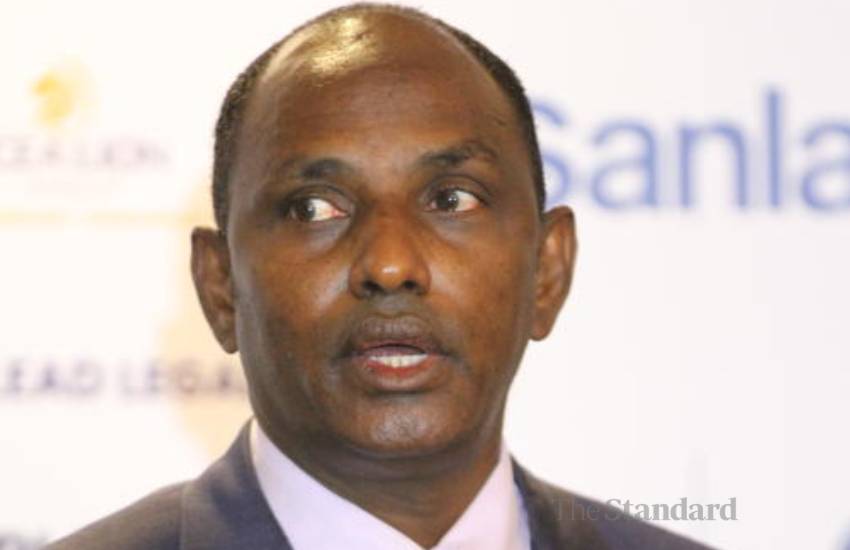×
The Standard e-Paper
Kenya’s Boldest Voice

The World Bank leads the pack of foreign creditors that will help Kenya finance its Sh3.6 trillion budget in the Financial Year (FY) 2021/22, reports from the National Treasury shows.
The Washington-based institution is expected to give the country Sh121.6 billion, with a big chunk of the money - about Sh18.1 billion going into infrastructural projects.